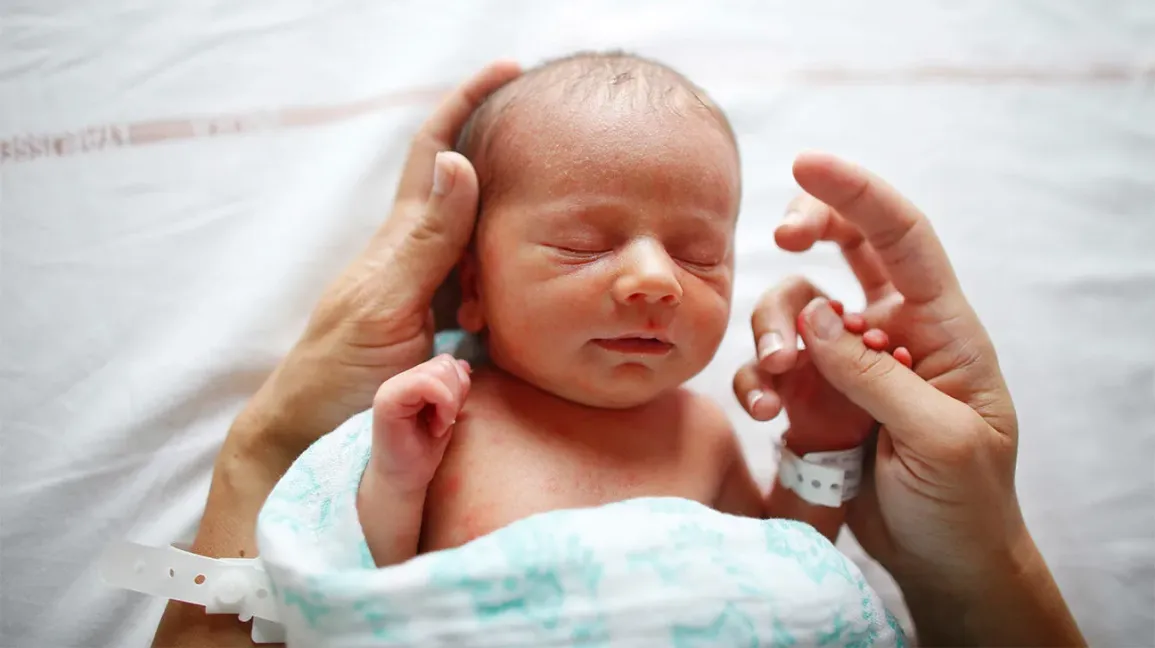Circumcision is a surgical procedure that removes the foreskin from your baby’s penis. It’s usually performed on male newborns in hospitals or as part of a religious ceremony.
The procedure is typically carried out using a clamp, such as the Gomco or Mogen clamp. Another alternative is Plastibell, a plastic ring attached to your baby’s penis under their foreskin.
The Procedure
Circumcision Melbourne is a safe procedure that can be performed on babies and older boys alike, which is performed in the hospital under anesthesia.
To perform this procedure, the foreskin is removed just behind your penis head and any bleeding can be stopped with heat (cauterisation). Dissolvable stitches are then used to seal up the cut.
It may take 7 to 10 days for the penis to heal. You may experience some initial irritation, but this is completely normal.
After circumcision, it’s essential to wash your son’s penis daily in order to prevent infection. Apply lubricant such as petroleum jelly around the tip of his penis to stop it from sticking to his diaper.
Uncircumcised boys are at greater risk for urinary tract infections, but this risk is very low in developed countries like the U.S. Circumcisions are also used to protect against certain sexually transmitted diseases like herpes and HIV.
Preparation
Circumcision can be a religious or cultural practice in certain cultures. Because standards of care may differ between countries, it’s essential that you select either a medical professional or skilled traditional provider who will perform the procedure for your child.
Neonatal circumcision can have some potential health benefits, such as reducing urinary tract infections, sexually transmitted diseases and penile cancer. However, it is not without risks.
Doctors or nurses typically perform this procedure, which takes around 10 minutes to complete. A clamp or plastic ring is placed on the head of the penis and any excess foreskin is clipped off.
Once the procedure is completed, the doctor applies topical antibiotic or petroleum jelly to the area and wraps it in gauze for 7-10 days until healing has taken place.
During this period, simply use plain water to clean the area daily. No cotton swabs, astringent or other special bath products are necessary.
Post-Procedure Care
Circumcision of a newborn is an often performed surgical procedure to remove the foreskin (hood of skin) around your baby’s head. This may be done for various reasons and typically takes place a day or two after delivery in the hospital if you elect to have your infant circumcised.
After your baby’s surgery, you may be sent home with instructions for how to care for their penis. He needs special ointment applied on the front of his diaper which should be changed after each change.
The skin that was removed will appear green or yellow, which is an expected part of the healing process. After a couple of days, however, the affected area should start to heal properly.
After your child’s surgery, their penis may appear slightly swollen and covered in what appears to be pus-like material. This is perfectly normal and will dissipate after about one month.
Aftercare
Circumcision is a surgical procedure that removes the foreskin of the penis (glans). This operation has important spiritual, cultural and medical implications.
Circumcision is typically performed soon after birth or within the first week of life. Babies remain conscious throughout this procedure, though a numbing agent may be administered to reduce any discomfort experienced.
After the procedure, babies may experience itching and pain. To reduce these symptoms, your doctor may suggest painkillers such as acetaminophen or nonsteroidal anti-inflammatory drugs.
After circumcision, some babies may experience mild dehydration and the inability to pass urine more easily. Typically, this will resolve itself over the following days as the body adjusts back to normal.
If your baby is experiencing any difficulties urinating after circumcision, try to encourage him to drink more liquids and take naps as usual. If the problem persists, contact your doctor as soon as possible for further assistance.
